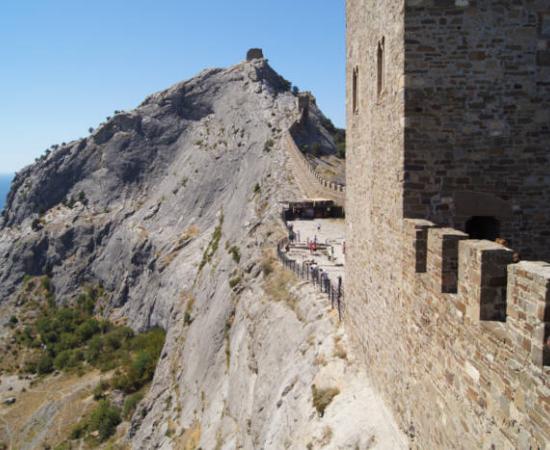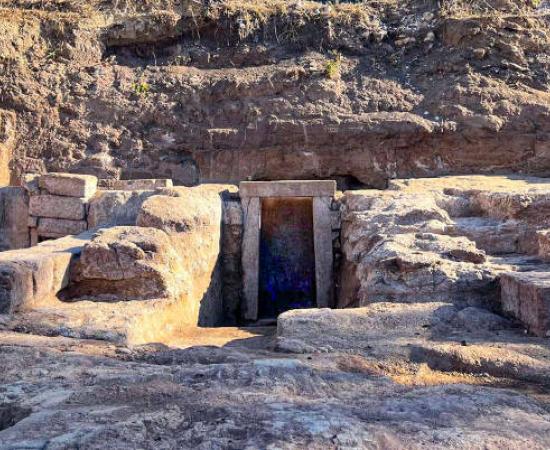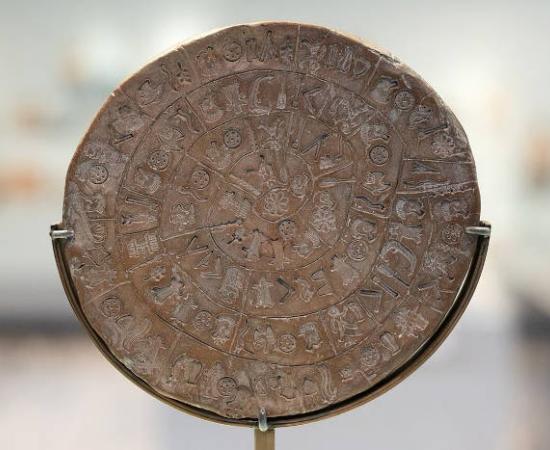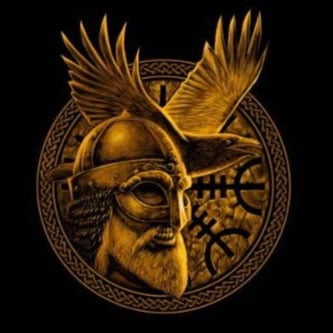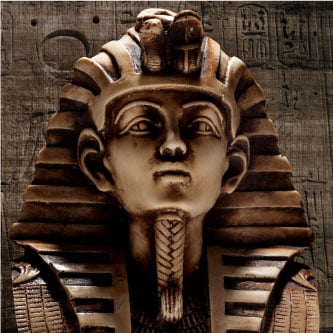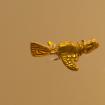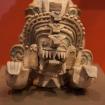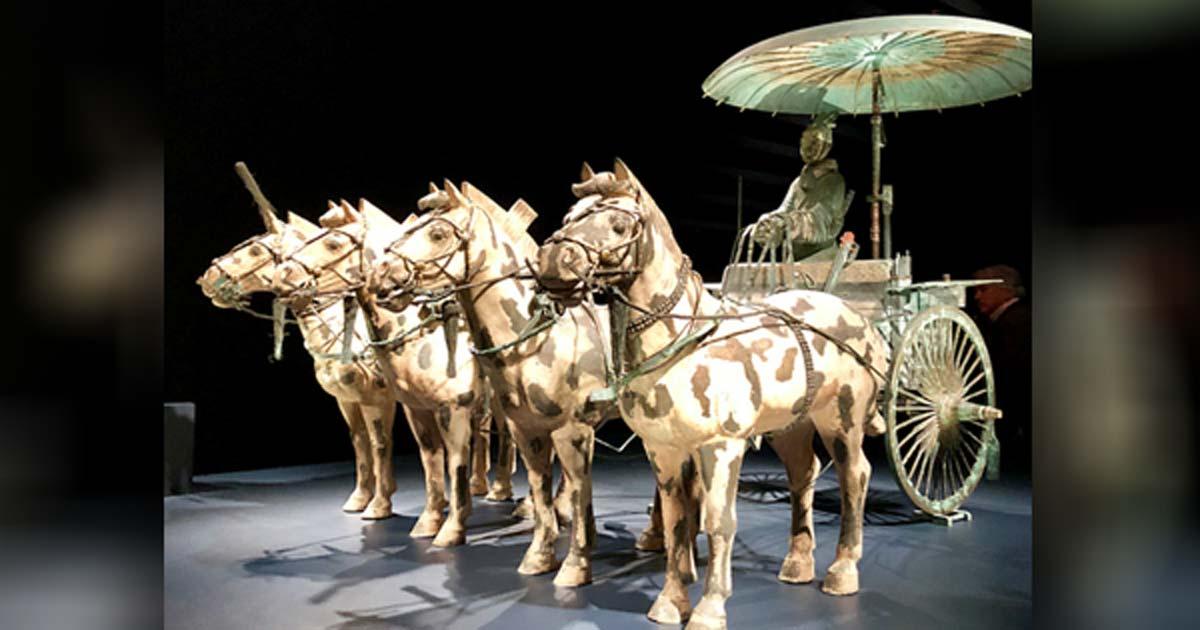
The Qin Dynasty was the first imperial dynasty in the history of China. It was also the shortest-lived dynasty, lasting only 15 years between 221 BC and 206 BC. Nonetheless, it was hugely important, with a legendary leader who orchestrated the unification of the Chinese nation under one rule, instigated the foundation of China’s Great Wall and ordered the creation of the marvel that is the Terracotta Army.
The King of Qin
The founder of this dynasty was Qin Shi Huang, who was the king of Qin, one of the states that existed during the tumultuous Warring States period. At this point of time, China was divided between several powerful states, and the state of Qin, under the leadership of Qin Shi Huang, succeeded in conquering all the other states, thus leading to the foundation of the Qin Dynasty. Although Qin Shi Huang intended that his dynasty rule China for ten thousand generations (which may be taken to symbolically mean forever), the Qin Dynasty lasted less than two decades. Nevertheless, the impact of the Qin Dynasty has been so great that it can still be felt even today.
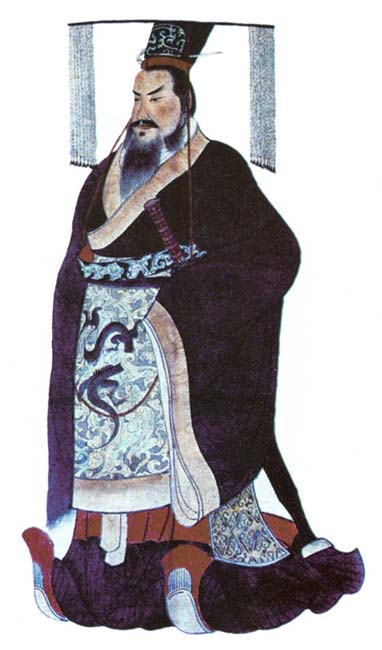
Qin Shi Huang, the First Emperor of China. (Public Domain)
Unifying Power of Qin
The era preceding the Qin Dynasty is known as the Warring States period, which came about as a result of the crumbling of the Zhou Dynasty. As the Zhou court was no longer able to exert control over the country, regional powers soon emerged. By the time of the Warring States period, China was divided between seven major states – Chu, Han, Qi, Qin, Wei, Yan, and Zhao. This period came to an end in 221 BC, when the state of Qin succeeded in defeating all the other states, thus reuniting China under one dynasty.
- The Zhou Dynasty: The Longest-Lasting Dynasty in Chinese History
- The Ruthless Chinese Emperor Qin Shi Huang: How He Unified and Tyrannized His Subjects
- No Smoke Without Fire: The Existence of Xia Dynasty and the Great Flood Legend
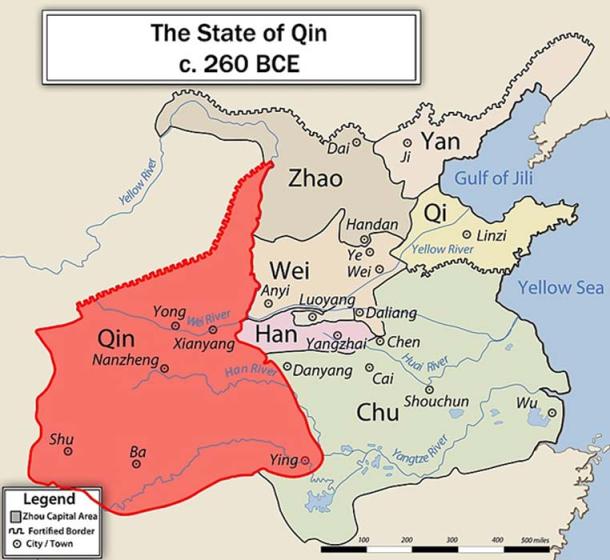
Map of the Growth of Qin. (CC BY-SA 3.0)
Why Did Qin Win?
There were factors contributing to the state of Qin’s success. One of these was its geographically strategic position. Located in Shaanxi province, Qin state was protected from its neighbors in the east by mountains and gorges, and was able to easily access the North China plain via the Yellow River. The area occupied by the Qin was rich in natural resources, and its rulers were able to obtain even more of this by expanding its borders, which they were able to do without fear of immediate conflict.
In addition, the rulers of the Qin state succeeded in centralizing state power, which allowed a rigid system of laws to be applied throughout their territory, and divided the state into commanderies and prefectures governed by officials appointed by the king. This gave the state of Qin an administrative edge over its rivals.
Furthermore, the Qin’s formidable army, and their expert use of the chariot contributed to their success in battle. Finally, the Qin were extremely ruthless, a trait embodied by Qin Shi Huang, the Qin ruler who succeeded in unifying China.
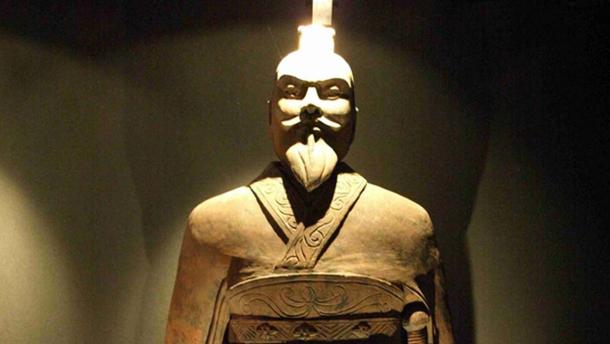
Statue of emperor Qin, China (reconstitution). (CC BY-SA 3.0 )
The Unstoppable Qin Shi Huang
Prior to becoming the first emperor of the Qin Dynasty and of China, Qin Shi Huang was known as Ying Zheng, and was the King of Qin. He ascended the throne in 246 BC, at the age of 13, following the death of his father. As a minor, the affairs of state were handled by Lü Buwei, the regent and chancellor of the Qin state. Lü Buwei fell from grace, and was exiled in 235 BC, after which he committed suicide. This allowed Ying Zheng to assume full control of the state of Qin. The final campaign to unify China began around 230 BC, and was concluded in 221 BC, when the state of Qi was finally conquered.
Qin Shi Huang died in 210 BC and by this time he had not only produced an army capable of conquering all others in the territory, he had also created a formidable army to go with him into the afterlife – his Terracotta Army that was buried in a huge mausoleum complex. It is estimated that 700,000 workers were enlisted to build the mausoleum and the Terracotta Army alone. His reputation was one of a tyrant as he had strict laws and punishments which saw hundreds of thousands if not millions working as slaves on his projects including the connecting of existing defensive walls to make one mighty Great Wall.
Emperor Qin was succeeded by his son Qin Er Shi, who ruled only for three years, before being forced to commit suicide by Zhao Gao, the most powerful official in the Qin Empire. The last ruler of the Qin Dynasty was Ziying, who ruled as the King of Qin, rather than Emperor of China. His reign lasted for about a month and a half, before he surrendered to Liu Bang, the founder of the Han Dynasty.
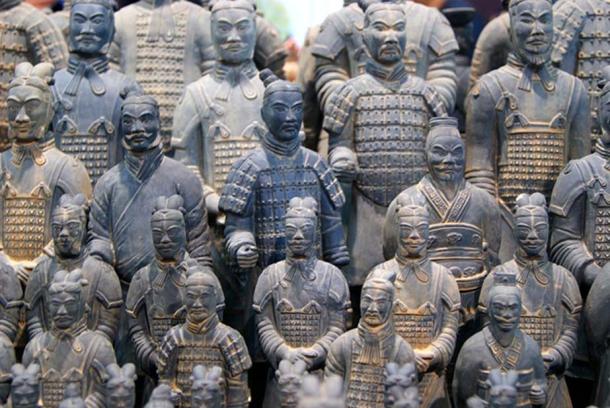
Terracotta Warriors at Qin Shi Huang’s Mausoleum. (CC0)
Legacy of the Qin Dynasty
Although the Qin Dynasty lasted for only 15 years, it had a lasting effect on Chinese history, mainly thanks to Qin Shi Huang. For example, it was during the Qin Dynasty that the standardization of the Chinese script was achieved. This script replaced the various regional scripts, and is still in use today. Apart from the written script, weights and measures, as well as bronze coins, were standardized across China, which made trade and commerce across the country easier.
- The Secret Tomb of the First Chinese Emperor Remains an Unopened Treasure
- The Rags to Riches Story of Liu Bang: Peasant, Rebel, Chinese Emperor
- Wooden Tablets Verify China's First Emperor’s Obsession with Immortality
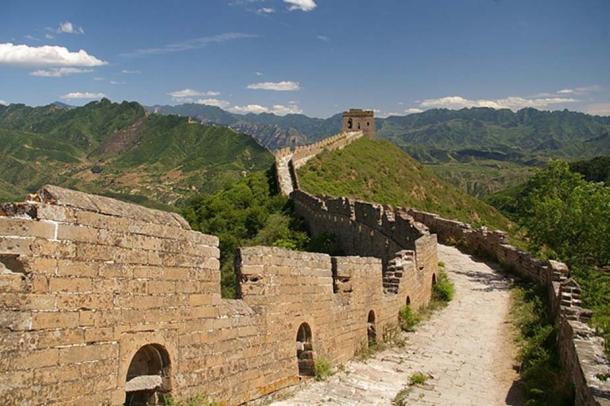
Great Wall of China near Simatai. (CC BY-SA 4.0)
Another noteworthy legacy of the Qin Dynasty is its promotion of Legalism, an important school of thought in Chinese philosophy. Whilst the more humane philosophy of Confucianism was favored by later dynasties, the influence of Legalism continued to permeate Chinese society, and it was common to have the harsh teachings of Legalism re-branded under different names. Last but not least, it was during the Qin Dynasty that the construction of the Great Wall of China was initiated.
Top image: Bronze Chariot & Horses w/ Coachman ―Qin Dynasty, 221-206 BC. (CC BY-SA 2.0)
By Wu Mingren
References
China Education Center Ltd., 2018. History of Qin Dynasty 221–206 BC. [Online]
Available at: https://www.chinaeducenter.com/en/whychina/qin.php
Dhwty, 2016. The Ruthless Chinese Emperor Qin Shi Huang: How He Unified and Tyrannized His Subjects. [Online]
Available at: /history-famous-people/ruthless-chinese-emperor-qin-shi-huang-how-he-unified-and-tyrannized-his-020762
History.com Staff, 2017. Qin Dynasty. [Online]
Available at: https://www.history.com/topics/qin-dynasty
The Editors of Encyclopaedia Britannica, 2014. Warring States. [Online]
Available at: https://www.britannica.com/event/Warring-States
The Editors of Encyclopaedia Britannica, 2017. Qin dynasty. [Online]
Available at: https://www.britannica.com/topic/Qin-dynasty
Theobald, U., 2000. Qin Dynasty 秦 (221-206 BCE). [Online]
Available at: http://www.chinaknowledge.de/History/Han/qin.html





